The hidden reinforcements in our clothes: what they are and why they are essential
Welcome to our new column in which we explore the behind-the-scenes of fashion: those invisible but essential details that determine the quality, fit and durability of our clothes. When we think of a well-made garment, we often focus on the outer fabric, the pattern, the cut. But few know that, behind a structured jacket or a shirt that keeps its perfect shape even after numerous washes, there is a small universe made up of technical materials called internal reinforcements. It is they who silently support the structure of the clothes, determine the silhouette and contribute to the garment retaining its original appearance over time. Without internal reinforcements, many garments would appear dull, lacking in character, and above all would deteriorate much more quickly. Whether industrially manufactured or tailor-made, reinforcements play a crucial role. That’s why today we want to take you with us to discover what lies between the folds of our clothes.
⸻
What are internal reinforcements?
They are materials, often technical, applied or sewn on the inside of garments to give shape, support and stability to specific parts of the garment, such as collars, cuffs, shoulders and bottoms. In addition to contributing to the aesthetic appearance of the garment, they have the practical function of protecting it from deformation and wear over time. Each type of reinforcement has specific characteristics, designed to meet different needs depending on the garment and the type of workmanship (industrial or artisan). Let’s look at the main ones together.
⸻
1. Frisellin
Probably the most common reinforcement in industrial packaging. Friseline looks like a stiff paper-like material and can be:
– Adhesive: it is glued to the fabric using industrial presses at high temperature, guaranteeing stability and preventing deformation.
– Non-adhesive: it is sewn directly to the fabric and gives a softer, more natural effect.
Where it is used: shirts, jackets, coats, dresses and internal reinforcements in general.
What it is used for: it supports and stiffens the parts of the garment that would risk collapsing with use, maintaining its shape over time.
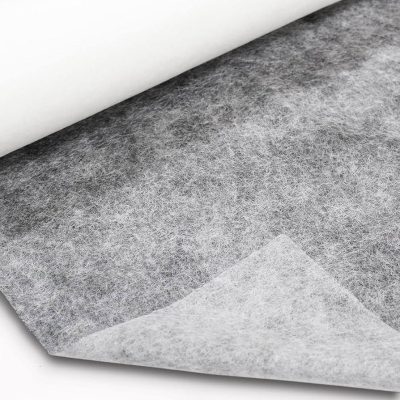
⸻
2. Adhesive mesh or elastic adhesive cloth
This is a double-sided technical fabric: on one side it is a normal fabric, on the other it has an adhesive layer that is activated by heat. It is available in different thicknesses, which are chosen according to the type of reinforcement required.
Where it is used: it is very common in shirt details (collars, cuffs), in jackets and coats, but also in the bottoms of trousers and skirts.
What it is used for: it adds structure to the most stressed areas, preventing sagging and deformation due to use and washing.
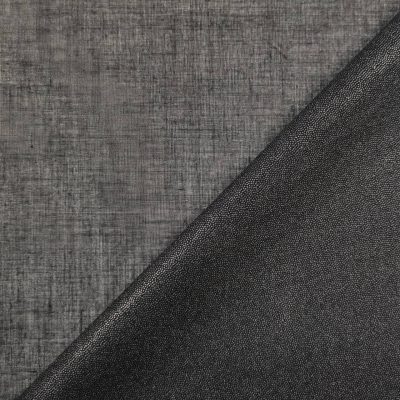
⸻
3. Floating canvas
Here we enter the world of traditional tailoring. Tailoring canvases are fine materials, made of wool or horsehair, and are hand-sewn into the garment.
Where they are used: exclusively in fine tailoring jackets and coats.
What they are used for: they guarantee a perfect fit, impeccable hold and exceptional durability, even after years of use. They are the ideal choice for those looking for timeless garments, made to accompany us for a lifetime.
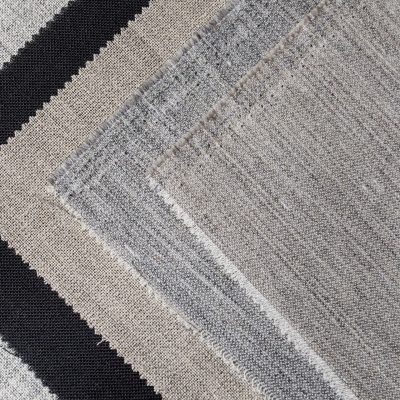
⸻
4. Semi-traditional cloths (Plastron)
A middle way between tailoring cloths and adhesive industrial reinforcements. Semi-traditional cloths combine stitching and light adhesives, managing to balance good structure and low cost.
Where they are used: mainly in mid-range jackets and coats.
What they are used for: they offer discreet and comfortable support, with satisfactory aesthetics and good durability.
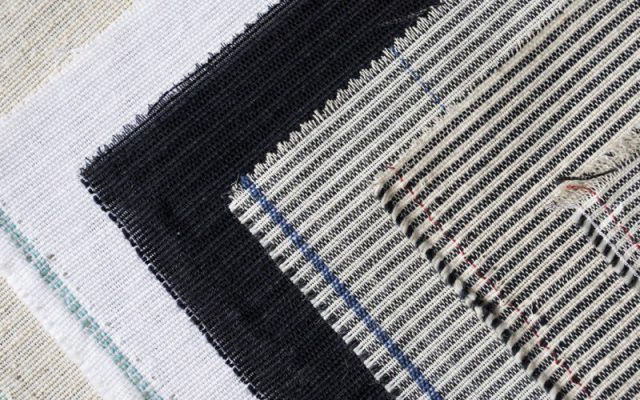
⸻
5. Rolls for round sleeves
These are narrow rolls that combine wadding and light adhesives, balancing good structure and the right softness. They are used to give the classic round shape to the upper part of the sleeve and support the seam with the shoulder.
Where they are used: usually in mid to high-end jackets and coats.
What they are used for: adds structure to the sleeve lap, supports the shoulder for satisfactory appearance and good durability.
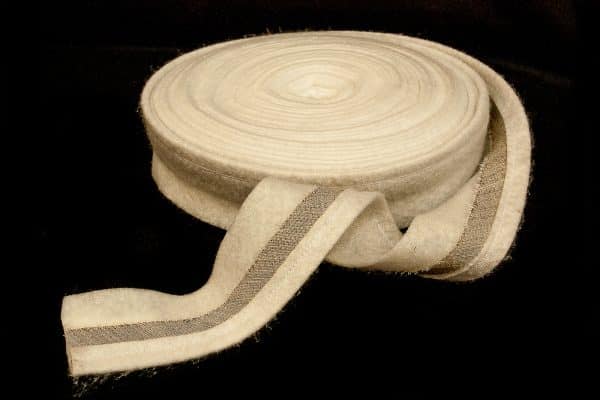
⸻
6. Shoulder straps
These are blunt-tipped triangles made of wadding that sewn onto the shoulders give them structure, are used to square the top of garments and to support the shoulder.
Where they are used: generally in mid to high-end jackets and coats.
What they are used for: supporting the shoulder for an elegant look.

⸻
7. Wadding
Wadding, as you may have already read, can also be found in mixes with other technical materials, but it is also often used on its own, either as a roll around the sleeve or to make the garment warmer. We find it in all padded garments such as duvets or mackintoshes in different weights and sewn to the fabric, or in some cases, sewn to the lining to make a quilt to put inside coats.
Where it is used: duvets, mackintoshes and coats.
What it is used for: creates volume and warms the garment.
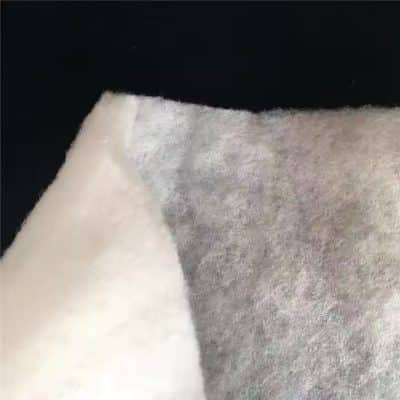
⸻
8. Crinoline
The crinoline has a fascinating history that takes us back in time. Born as a rigid structure in the 19th century, made of steel hoops, whalebone slats and horsehair, it was used to support the wide skirts of the ladies of the time. Today, the crinoline has changed its face: it is made of light and flexible materials such as tulle, but retains its scenographic function.
Where it is used: wedding dresses, period dresses, theatrical costumes and voluminous skirts.
What it is used for: it creates movement and volume without weighing down the garment, making every dress spectacular and impactful.

⸻
Why is it useful to know about internal reinforcements?
We often only assess the quality of a garment from the outside, looking at the fabric, the workmanship or the brand. But knowing the materials hidden inside garments allows us to really understand what we are wearing. A well reinforced garment retains its shape, resists better over time and offers a more comfortable and stable fit. Conversely, garments without adequate reinforcement tend to warp easily, lose their structure and have a much shorter life. Knowing these details can make us more conscious buyers, helping us to invest in higher quality and more sustainable products that can last for years without losing their appeal and functionality.
Edited by Cosimo Martucci

